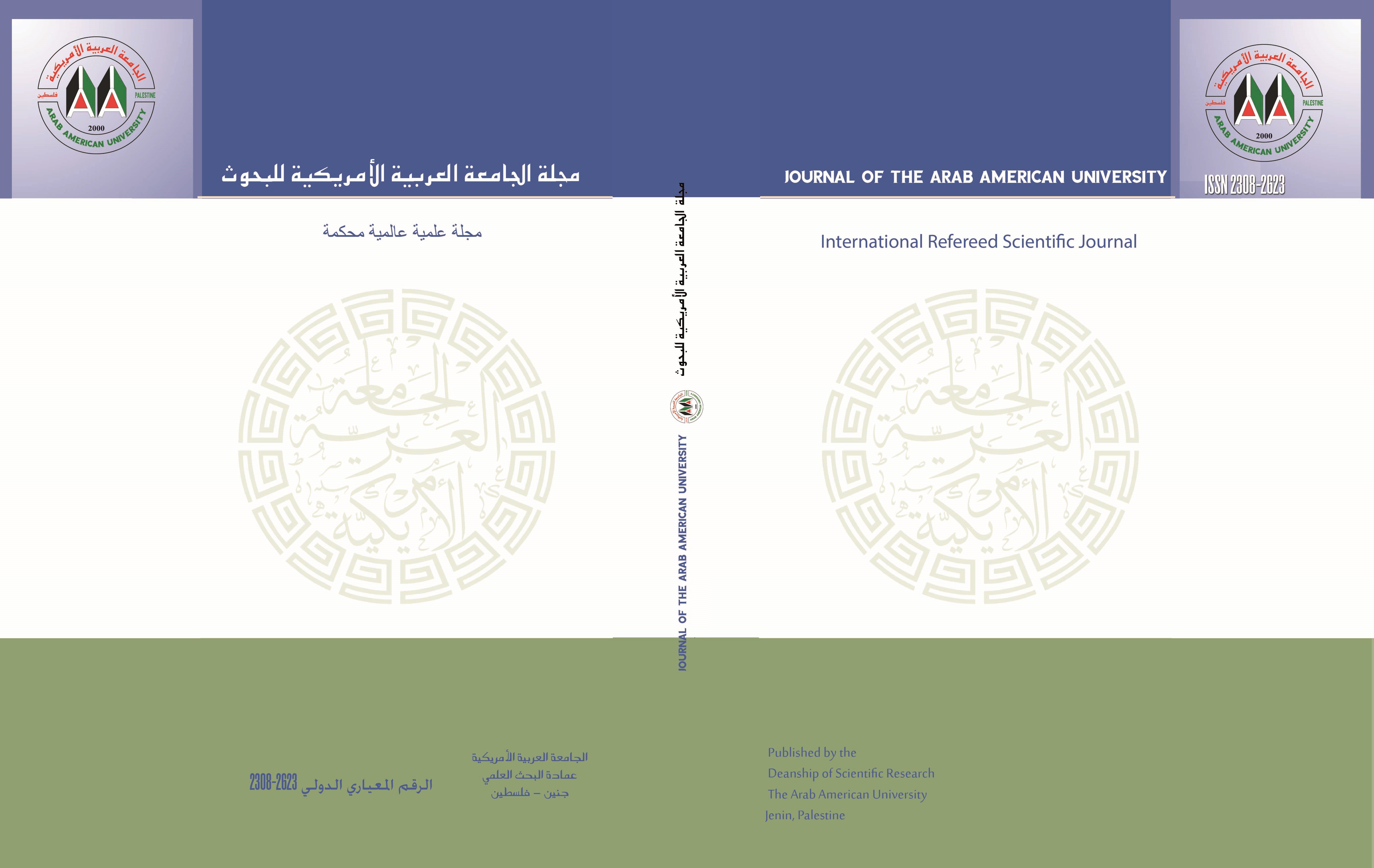Journal of the Arab American University مجلة الجامعة العربية الامريكية للبحوث

Abstract
Background: Diabetes mellitus (DM) is a metabolic disease characterized by hyperglycemia resulting from defects in insulin secretion, insulin action or both. Higher risk of coronary heart disease (CHD) is seen in DM patients who smoke, have lipid abnormalities and hypertension and are obese.
Aim: The aim of this study is to compare the lipid profile levels and other CHD risk factors among DM patients in an urban region (Gaza governorate) with those of the rural region (the eastern region of Khanyounis Governorate) of Gaza Strip. Methods: The study is cross-sectional and included 200 DM patients, aged 10-65 years, whose diabetes was identified for at least two years. The samples of this study were taken from diabetic service units in the Palestinian Medical Relief Society, Gaza governorate and primary healthcare clinics, eastern region of Khanyounis. Personal and clinical data of the study subjects were collected using an interview questionnaire. Anthropometric evaluation were carried out. Serum was used to determine fasting blood glucose and lipid profiles automatically by chemistry spectrophotometer. Results: There was a statistically significant difference among the study population according to physical activity (P=0.004). Moreover, High levels of serum total cholesterol (TC) (≥240mg/dl) were seen in 39.0% of urban group and 23.0% of rural group. High low-density lipoprotein cholesterol (LDL-c) levels (≥160mg/dl) were observed in 15.0% of urban group and 8.0% of rural group. However, there was a statistically significant difference among the study population according to the total cholesterol and LDL levels (P=0.041and 0.002 respectively). On the other hand, there were no statistically significant differences among the study population according to triglycerides and HDL levels (P= 0.153 and 0.594 respectively).
Conclusions: The urban group patients have more coronary risk factors which could lead to an actual coronary heart disease when compared with those in the rural region.
Recommended Citation
Al-Taher, Akram
(2017)
"A Comparative Study of Coronary Risk Factors Between Urban and Rural Diabetics in Gaza Strip,"
Journal of the Arab American University مجلة الجامعة العربية الامريكية للبحوث: Vol. 3:
Iss.
1, Article 3.
Available at:
https://digitalcommons.aaru.edu.jo/aaup/vol3/iss1/3

